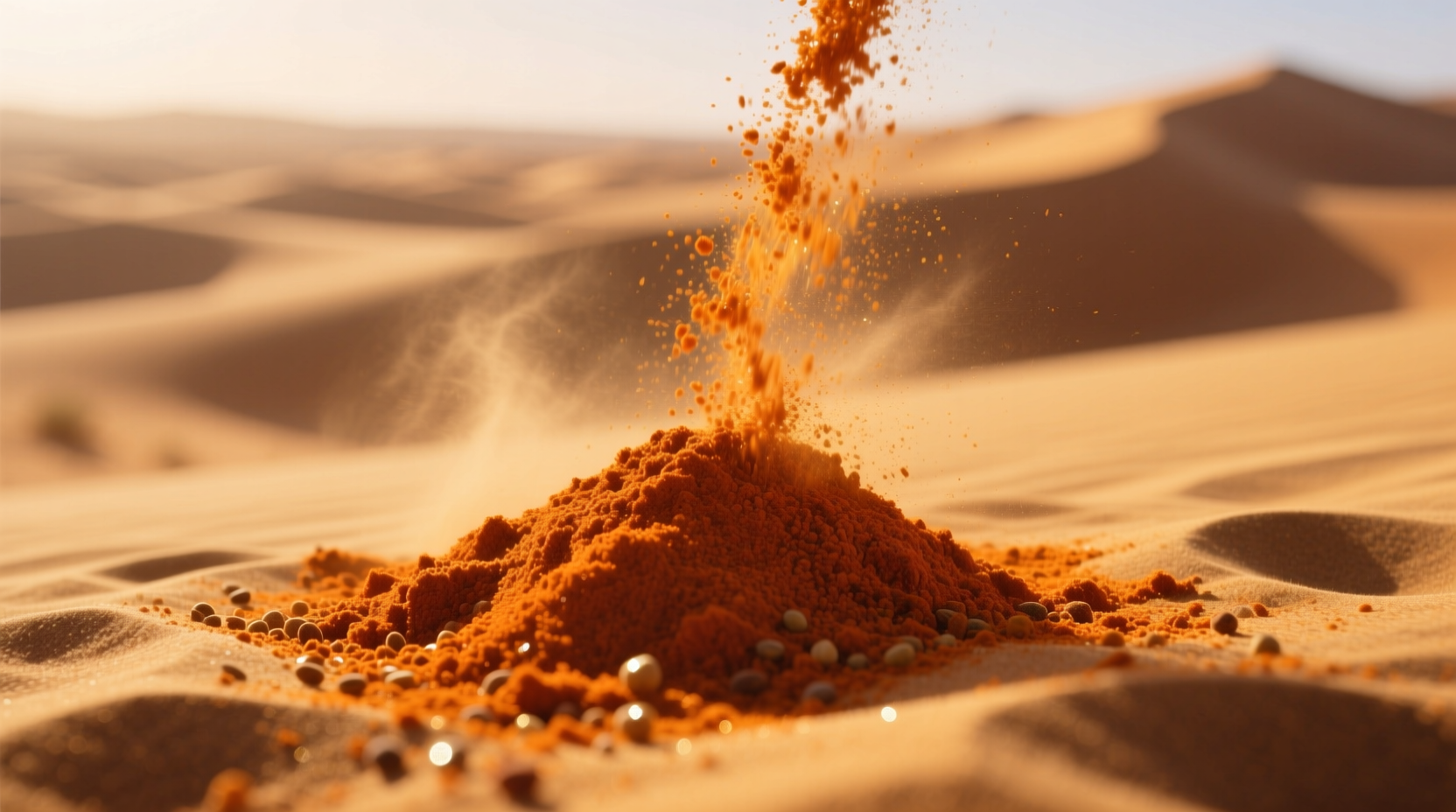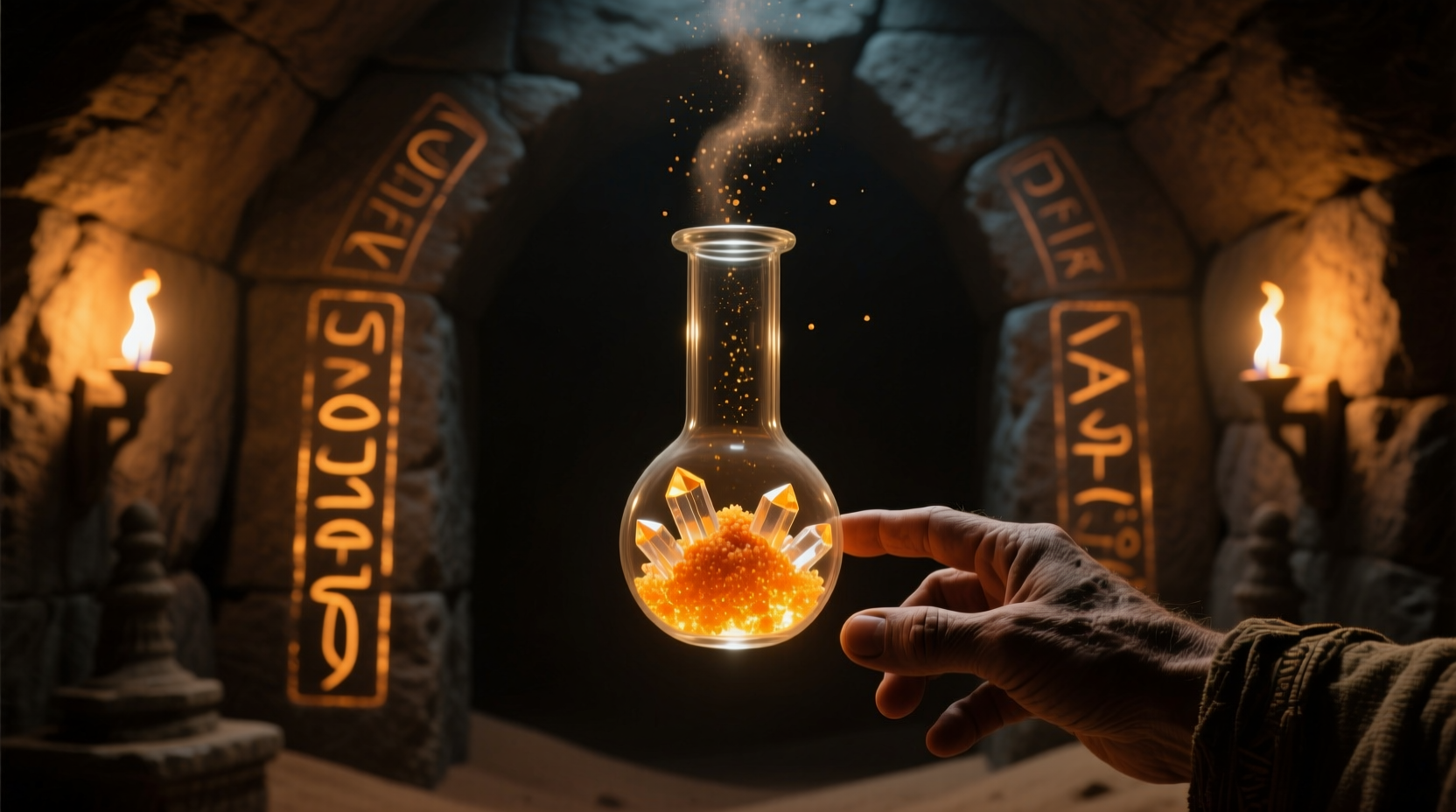For fans exploring Frank Herbert's legendary science fiction series, understanding what is the spice in Dune unlocks the entire political, economic, and spiritual framework of this rich universe. Melange isn't merely a plot device—it's the beating heart of Herbert's intricate world-building that has captivated readers for over half a century.
What Exactly Is Melange? The Core Characteristics
Melange, universally referred to as "the spice" throughout the Dune saga, represents one of science fiction's most brilliantly conceived substances. Unlike ordinary spices in our world, melange serves as the foundation for virtually every power structure in Herbert's universe. Its distinctive orange color, cinnamon-like aroma, and addictive properties make it instantly recognizable to anyone who's experienced Arrakis.
The most crucial aspect of what the spice is in Dune lies in its extraordinary properties. When consumed regularly, melange extends human lifespan dramatically—some users live for centuries. More significantly, it enhances cognitive functions to the point where certain individuals (particularly the Spacing Guild navigators) develop limited prescience, allowing them to safely navigate folded space. This single property makes melange indispensable to interstellar civilization.
Origins and Harvesting: The Arrakis Connection
No discussion of what is the spice in Dune would be complete without examining its exclusive origin. Melange forms through a complex biological process involving Arrakis's giant sandworms (Shai-Hulud). The spice cycle begins with the smaller sandtrout, which seal moisture in the desert sands, creating pre-spice masses that eventually explode in "spice blows."
| Stage in Spice Cycle | Process | Timeframe |
|---|---|---|
| Sandtrout | Seal moisture in desert sands | Continuous |
| Pre-spice mass | Organic material accumulates | Months |
| Spice blow | Explosive release of melange | Seconds |
| Harvesting | Manual collection before sandworms arrive | Hours |
This delicate ecological relationship creates the most dangerous harvesting conditions imaginable. Spice miners must collect melange quickly after a spice blow, before the enormous sandworms arrive to defend their territory—a process that claims countless lives each year and explains why the spice from Dune commands such astronomical value.

Physical Properties and Sensory Experience
Understanding what is melange spice in Dune requires examining its distinctive physical characteristics. The substance appears as fine orange powder with a distinctive cinnamon-like aroma that becomes overwhelming in concentrated forms. In Frank Herbert's original descriptions, the Fremen refer to it as "the cinnamon death"—acknowledging both its scent and its lethal harvesting conditions.
Melange exists in several forms throughout the Dune universe:
- Raw spice: Collected immediately after spice blows, highly potent
- Processed spice: Refined for consumption, less volatile
- Spice essence: Concentrated form used by the Bene Gesserit
- Water of life: A lethal byproduct transformed through ritual
Effects and Significance Across the Dune Universe
The true importance of what the spice does in Dune extends far beyond its immediate physiological effects. Melange creates a complex web of dependencies that shapes the entire political landscape:
For individuals: Regular consumption extends lifespan significantly (some users live 300+ years), enhances mental acuity, and with proper training, can develop limited prescience. However, withdrawal is fatal—creating absolute dependence among heavy users.
For organizations: The Spacing Guild requires melange for navigation, the Bene Gesserit use it for heightened awareness, and the Fremen have evolved biological compatibility with it through centuries of exposure. This creates power imbalances where control of Arrakis means control of civilization.
Economically, melange functions as the universe's currency. The term "spice" has become synonymous with value itself, with planetary economies rising and falling based on spice production quotas. Herbert masterfully uses the spice in Frank Herbert's Dune to explore themes of resource dependency, colonialism, and the corrupting nature of absolute power.
Why Understanding the Spice Matters for Dune Fans
Grasping what is the significance of spice in Dune transforms how readers experience Herbert's masterpiece. The spice isn't merely a fictional drug—it's the narrative engine driving every major plot point:
- The entire political conflict stems from control of Arrakis and its spice resources
- Paul Atreides' prescient abilities derive directly from spice exposure
- The ecological transformation of Arrakis in later books centers on spice cycle disruption
- Religious practices across the universe incorporate melange in ritualistic ways
Without understanding melange, readers miss Herbert's profound commentary on resource wars, addiction, and the dangerous relationship between power and dependency. When analyzing spice harvesting in Dune, we see reflections of real-world resource extraction conflicts, making the story remarkably relevant decades after its publication.
Common Questions About Dune's Spice
What is the real-world inspiration for the spice in Dune?
Frank Herbert drew inspiration from multiple sources including Middle Eastern oil politics, psychedelic substances, and historical spice trade routes. The spice's addictive properties and economic importance mirror real-world dependencies on resources like petroleum, while its mind-expanding effects reflect 1960s counterculture interests in consciousness expansion.
Can humans survive without the spice in the Dune universe?
While ordinary humans can survive without melange, heavy users experience fatal withdrawal. More critically, the Spacing Guild navigators absolutely require it for interstellar travel. Without spice, the entire galactic civilization would collapse as space travel becomes impossible, trade routes disintegrate, and political structures built around spice economics crumble.
Why is the spice only found on Arrakis?
Melange forms through a unique biological process involving Arrakis's sandworm lifecycle. The desert planet's specific conditions—extreme dryness, particular sand composition, and the presence of sandtrout—create the only environment where the spice cycle can complete. Attempts to replicate these conditions elsewhere consistently fail, making Arrakis the sole source of melange in the Dune universe.
How does the spice affect different characters in Dune?
Effects vary significantly: The Spacing Guild navigators develop prescience for navigation; Bene Gesserit witches use it to enhance awareness and access genetic memory; Fremen have developed biological tolerance through generations; while ordinary users experience extended lifespan and mild cognitive enhancement. Paul Atreides' unique heritage combined with massive spice exposure creates unprecedented prescient abilities that drive the entire plot.
Is melange based on any real substance?
While fictional, melange combines properties of several real substances: its life-extending qualities resemble certain antioxidants, its prescience effects parallel psychedelic compounds like LSD, and its addictive nature mirrors opioids. Herbert intentionally created a substance that reflects humanity's historical relationship with valuable, addictive resources—from ancient spice routes to modern petroleum dependence.











 浙公网安备
33010002000092号
浙公网安备
33010002000092号 浙B2-20120091-4
浙B2-20120091-4